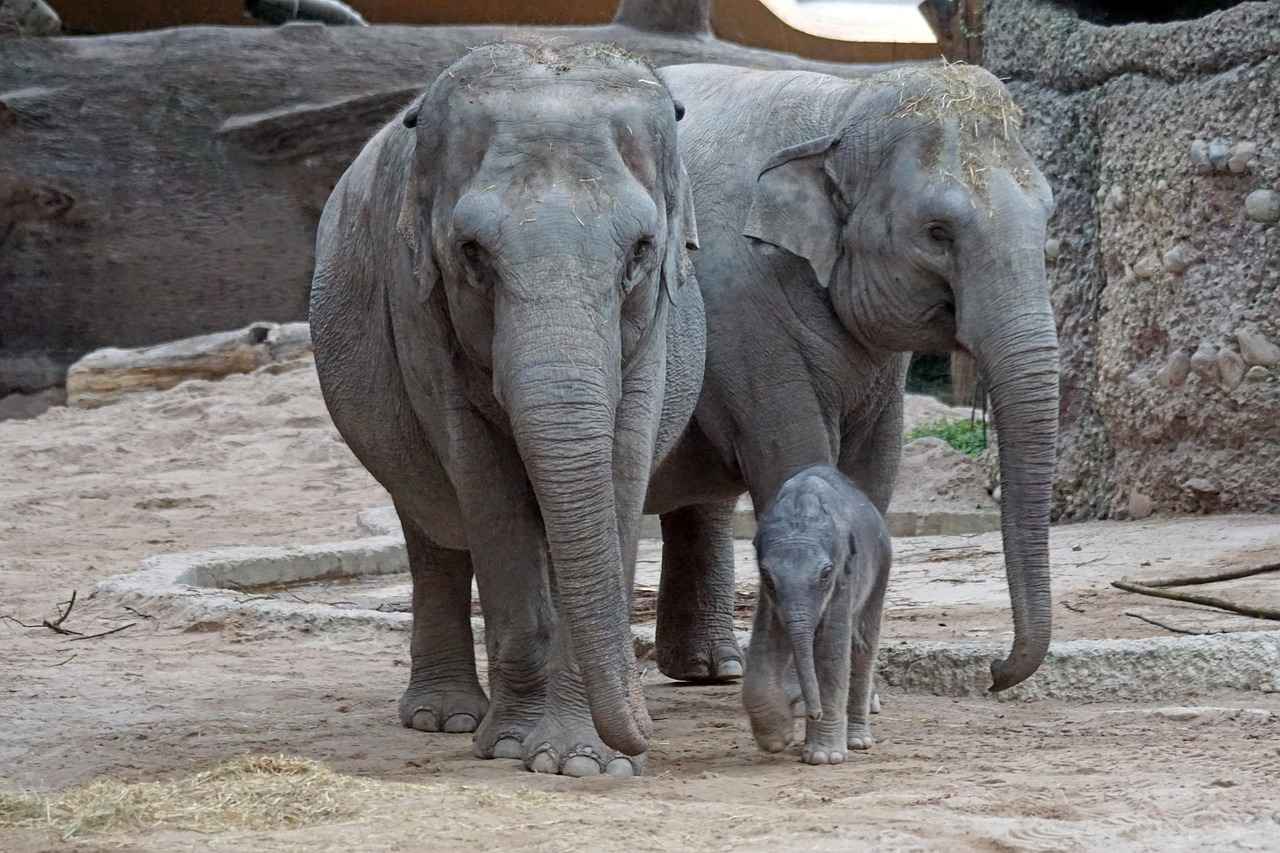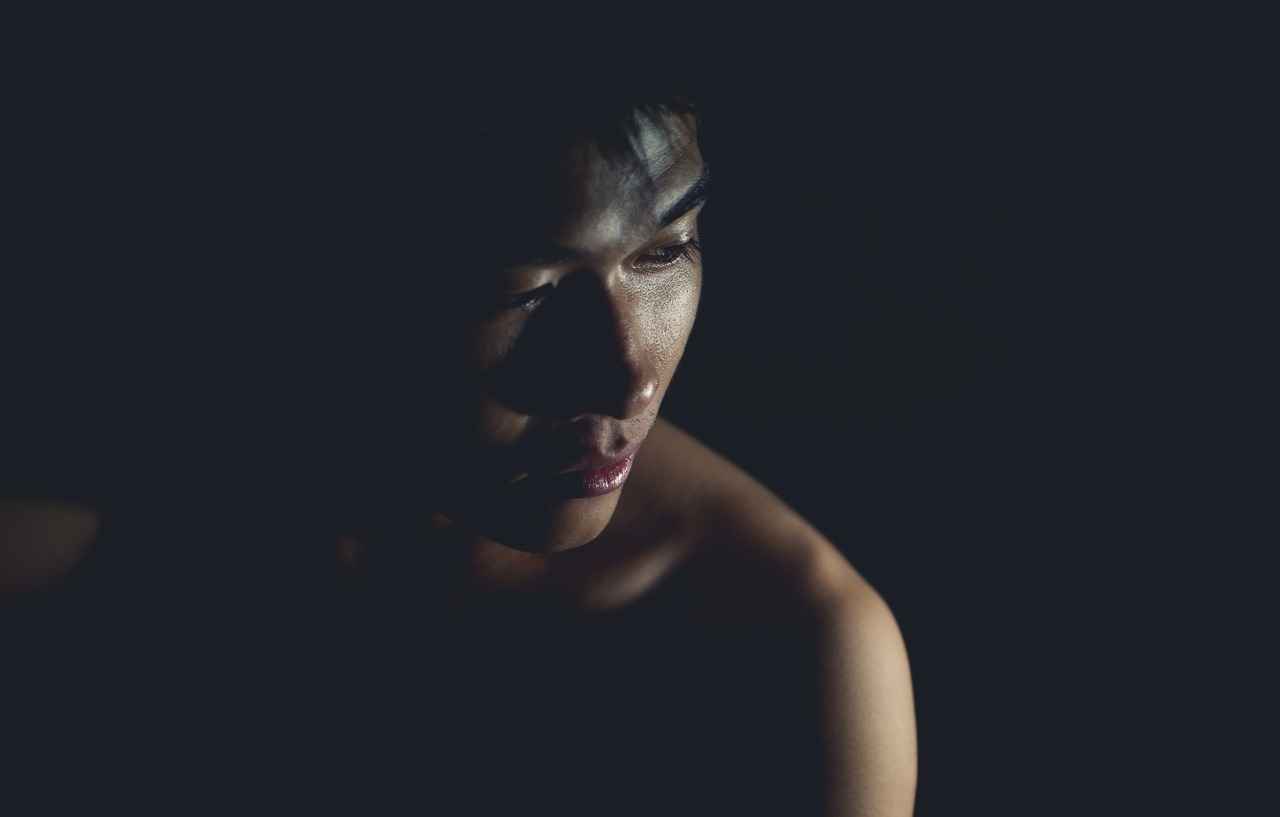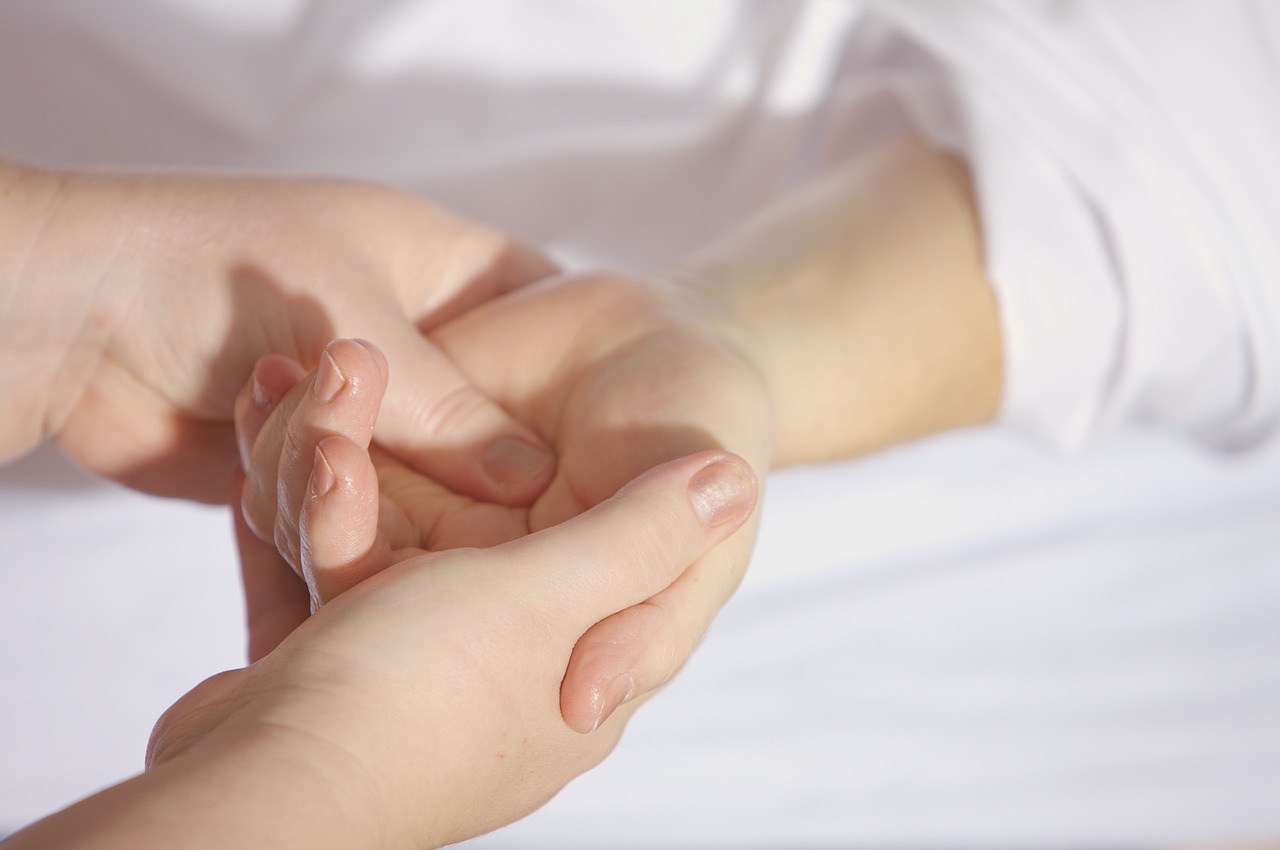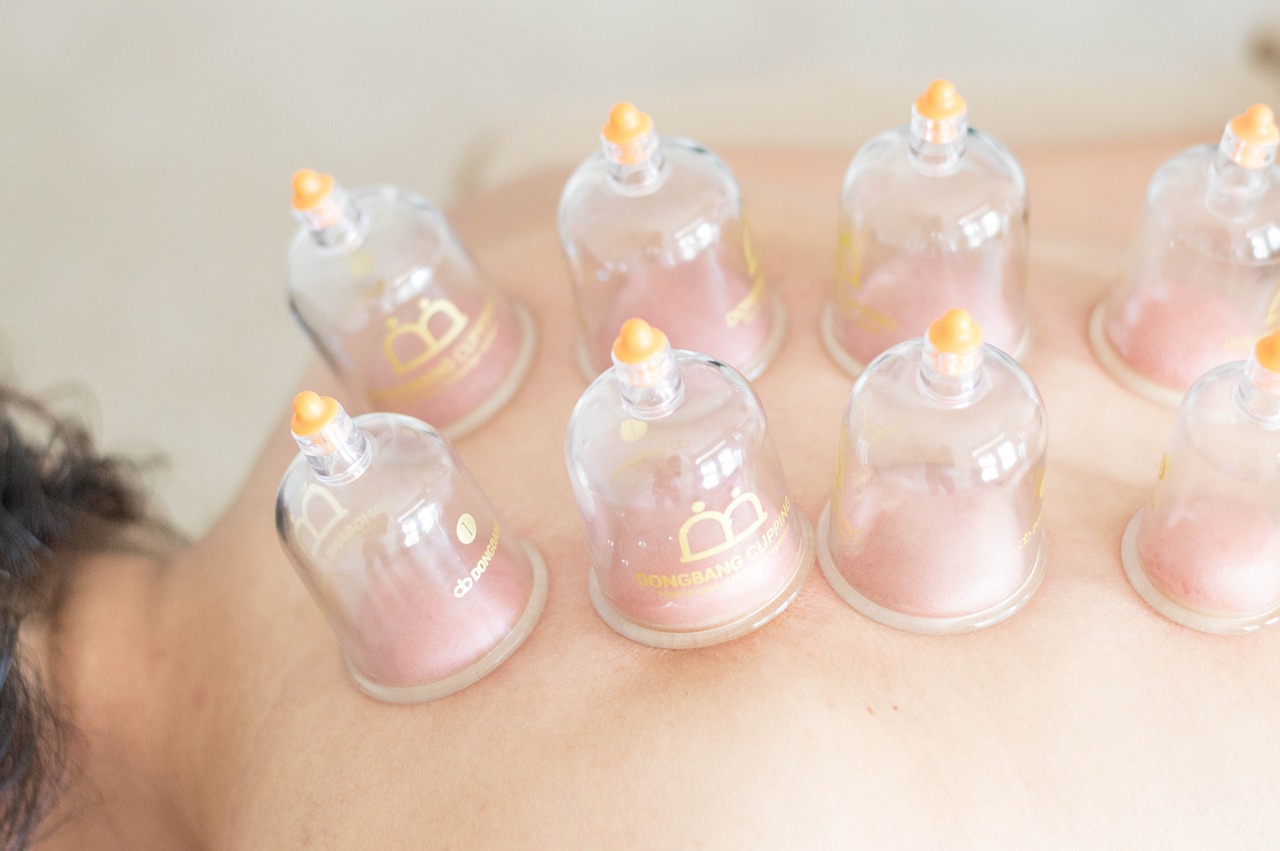This article delves into the intricate relationship between Asian massage techniques and meditation, emphasizing their shared principles, numerous benefits, and how they can collectively enhance overall well-being.
Understanding Asian Massage Techniques
Asian massage techniques include a diverse array of practices, each rooted in unique cultural philosophies. These techniques utilize touch and manipulation to promote not only physical health but also mental clarity and emotional balance.
The Role of Meditation in Asian Cultures
Meditation is deeply embedded in many Asian cultures, functioning as a spiritual practice that cultivates mindfulness and relaxation. It serves as a complementary practice to physical therapies, enhancing the overall healing experience.
Types of Asian Massage
- Shiatsu: This Japanese technique employs finger pressure on specific points, encouraging energy flow and relaxation while integrating meditation principles for enhanced mental clarity.
- Thai Massage: Combining acupressure with yoga-like stretches, Thai massage improves flexibility and energy flow, often incorporating meditative elements to deepen the experience.
- Tui Na: A traditional Chinese therapeutic massage, Tui Na focuses on balancing the body’s energy and is frequently practiced alongside meditation to boost mental focus and relaxation.
The Benefits of Combining Massage and Meditation
Integrating massage with meditation can significantly enhance relaxation, reduce stress, and promote mental clarity. This powerful combination supports overall wellness.
Stress Reduction and Relaxation
Both practices are renowned for their ability to alleviate stress and anxiety, leading to improved mental health and emotional balance.
Enhanced Mindfulness and Awareness
The fusion of these techniques fosters greater mindfulness, enabling individuals to connect deeply with their bodies and emotions, which enhances self-awareness and personal growth.
How to Incorporate Meditation into Your Massage Routine
Incorporating meditation into your massage routine can amplify the benefits of both practices, creating a profound experience of relaxation and self-discovery.
Setting the Right Environment
Establishing a calming environment with soft lighting and soothing sounds can significantly enhance the meditation experience during massage, promoting deeper relaxation and focus.
Breathing Techniques to Enhance Experience
Utilizing specific breathing techniques during massage can help center the mind, allowing for a more immersive experience that combines both physical and mental relaxation.
The Synergy of Massage and Meditation
The harmonious relationship between Asian massage techniques and meditation offers a holistic approach to wellness, promoting both physical and mental health while encouraging a balanced lifestyle.

Understanding Asian Massage Techniques
Asian massage techniques are a rich tapestry of practices that have evolved over centuries, each rooted in distinct cultural philosophies. These techniques utilize touch and manipulation of the body to promote both physical and mental well-being. They are not merely about relaxation; they embody a holistic approach to health that integrates the mind, body, and spirit.
At the heart of these techniques is the belief that energy flows through the body, and by applying pressure to specific points, practitioners can facilitate this energy flow, leading to improved health outcomes. This concept is particularly evident in practices such as Shiatsu, Thai massage, and Tui Na. Each of these methods employs unique techniques tailored to address various physical ailments and emotional issues.
- Shiatsu: Originating from Japan, Shiatsu involves applying finger pressure to points along the body’s meridians, aiming to restore balance and promote relaxation.
- Thai Massage: This dynamic practice combines acupressure and assisted yoga stretches, enhancing flexibility and energy flow while often incorporating mindfulness techniques.
- Tui Na: A traditional Chinese therapeutic massage, Tui Na focuses on the body’s energy channels, using various hand techniques to relieve pain and improve circulation.
Moreover, these techniques often incorporate elements of meditation and mindfulness, enhancing their effectiveness. Practitioners encourage clients to focus on their breath and remain present during the session, which can deepen the relaxation experience and foster greater self-awareness.
In summary, Asian massage techniques are not just physical treatments; they are holistic practices that promote overall wellness. By understanding and embracing these techniques, individuals can enhance their physical health while also nurturing their mental and emotional well-being.

The Role of Meditation in Asian Cultures
Meditation holds a significant place in various Asian cultures, functioning as a profound spiritual practice that nurtures mindfulness, relaxation, and a deeper connection to one’s inner self. This ancient practice is not merely a technique for calming the mind but also serves as a vital complement to physical therapies, enhancing overall well-being.
In many Asian traditions, meditation is intertwined with the philosophy of holistic health. It is often seen as a pathway to achieving balance in both the mind and body. For instance, in Buddhism, meditation is a core practice aimed at developing insight and compassion, while in Hinduism, it is a means to connect with the divine and attain a higher state of consciousness. These practices encourage individuals to explore their inner landscapes, leading to a profound sense of peace and clarity.
Furthermore, meditation is frequently integrated with various forms of traditional healing practices, such as acupuncture and herbal medicine. This integration emphasizes the importance of the mind-body connection, where mental relaxation can significantly enhance the effectiveness of physical treatments. As individuals engage in meditation, they often experience a reduction in stress and anxiety, which can facilitate healing and recovery.
Moreover, the practice of meditation encourages mindfulness, which is the art of being fully present in the moment. This heightened awareness can lead to better emotional regulation and improved mental health. As people cultivate mindfulness through meditation, they become more attuned to their thoughts and feelings, enabling them to respond to life’s challenges with greater resilience.
In conclusion, the role of meditation in Asian cultures extends far beyond a simple relaxation technique. It serves as a vital practice that fosters a deep connection to the self, enhances physical therapies, and promotes overall mental and emotional well-being. By embracing meditation, individuals can embark on a journey towards greater self-awareness and holistic health.
Types of Asian Massage
Asian massage techniques offer a rich tapestry of practices that cater to various physical and mental health needs. Among the most renowned types of Asian massage are Shiatsu, Thai, and Tui Na. Each of these techniques embodies unique philosophies and methodologies aimed at promoting relaxation, relieving tension, and enhancing overall well-being.
- Shiatsu: This Japanese massage technique utilizes finger pressure on specific points along the body’s meridians. By applying pressure, Shiatsu aims to stimulate energy flow, known as “Qi,” promoting relaxation and balance. Practitioners often integrate elements of meditation, allowing clients to experience deeper mental clarity and emotional release.
- Thai Massage: A dynamic blend of acupressure and yoga-like stretches, Thai massage is often described as a form of assisted yoga. This technique enhances flexibility and energy flow while incorporating rhythmic compressions and gentle stretching. The meditative elements of Thai massage encourage mindfulness, allowing individuals to connect with their bodies on a deeper level.
- Tui Na: Originating from traditional Chinese medicine, Tui Na focuses on balancing the body’s energy through various hand techniques and manipulation of muscles and joints. This therapeutic massage is often practiced in conjunction with meditation, which helps improve mental focus and promotes a sense of calm and relaxation.
In addition to these primary types, there are numerous other Asian massage techniques, each offering distinct benefits and approaches. Whether seeking relief from physical discomfort or aiming to enhance mental clarity, exploring these diverse practices can lead to profound improvements in overall health and wellness.
Shiatsu: The Art of Finger Pressure
Shiatsu is a traditional Japanese massage technique that emphasizes the use of finger pressure on specific points throughout the body. This practice is rooted in the principles of traditional Chinese medicine and aims to promote the flow of energy, known as “qi” or “chi,” to enhance physical and mental well-being. By applying pressure to these points, practitioners facilitate the release of tension and encourage relaxation.
One of the unique aspects of Shiatsu is its integration of meditative techniques. Practitioners often encourage clients to focus on their breath and cultivate mindfulness during the session. This not only deepens the relaxation experience but also enhances mental clarity. Clients are guided to connect with their bodies, allowing for a more profound understanding of their physical and emotional states.
Shiatsu sessions typically begin with a thorough assessment of the client’s needs, allowing the practitioner to tailor the treatment accordingly. This personalized approach ensures that the pressure applied targets areas of tension, promoting a balanced flow of energy. The combination of physical touch and mental focus helps to alleviate stress, reduce anxiety, and foster a sense of tranquility.
In addition to its immediate benefits, Shiatsu can contribute to long-term wellness. Regular sessions may improve circulation, enhance flexibility, and support overall health. Many individuals find that incorporating Shiatsu into their wellness routines not only addresses physical ailments but also nurtures their mental and emotional health.
As more people seek holistic approaches to well-being, Shiatsu stands out as a powerful practice that harmonizes the body and mind. By embracing the art of finger pressure and the principles of meditation, individuals can unlock deeper levels of relaxation and self-awareness.
Thai Massage: A Dynamic Blend of Stretching
Thai massage is a unique and vibrant practice that harmoniously blends elements of acupressure and yoga-like stretches. This ancient technique is designed to enhance flexibility and promote the flow of energy throughout the body, creating a profound sense of well-being. Unlike traditional massage methods, Thai massage is performed on a mat on the floor, allowing for a more dynamic interaction between the therapist and the recipient.
One of the most distinctive features of Thai massage is its incorporation of meditative elements. As practitioners guide their clients through a series of stretches and pressure points, they often encourage deep breathing and mindfulness. This integration of meditation not only deepens the physical experience but also fosters a greater connection to the present moment, enhancing the overall therapeutic benefits.
The practice begins with a thorough assessment of the client’s needs, allowing the therapist to tailor the session accordingly. During the massage, clients may experience a variety of positions, including gentle rocking and rhythmic movements that mimic the flow of energy. This holistic approach not only addresses physical tension but also promotes emotional release, making it a comprehensive healing experience.
Furthermore, the benefits of Thai massage extend beyond the session itself. Regular practice can lead to improved posture, increased range of motion, and a stronger sense of inner peace. Many individuals report feeling rejuvenated and more energized after a session, as the combination of stretching and acupressure stimulates circulation and revitalizes the body.
In summary, Thai massage is more than just a physical treatment; it is a transformative experience that integrates body, mind, and spirit. By embracing the principles of acupressure and the fluidity of yoga, this ancient practice offers a holistic approach to wellness that can enhance one’s quality of life.
Tui Na: The Chinese Therapeutic Massage
Tui Na is a revered form of traditional Chinese therapeutic massage, deeply rooted in the principles of Chinese medicine. This ancient practice emphasizes the importance of balancing the body’s energy, or Qi, which is essential for maintaining optimal health and wellness. Tui Na is not merely a physical treatment; it integrates the mind and body, making it a holistic approach to healing.
Practitioners of Tui Na utilize a variety of techniques, including kneading, pressing, and rolling motions, to stimulate specific points along the body’s meridians. These meridians are pathways through which Qi flows, and by manipulating these points, Tui Na aims to release blockages and restore harmony within the body. This manipulation is often accompanied by a focus on breathing techniques and meditative practices, enhancing the overall therapeutic experience.
One of the standout features of Tui Na is its ability to address both physical ailments, such as muscle tension and joint pain, and emotional issues like stress and anxiety. Many clients find that combining Tui Na with meditation not only improves their physical well-being but also enhances their mental clarity and emotional balance. This synergy between bodywork and mindfulness allows individuals to connect more deeply with their inner selves, fostering a greater sense of self-awareness.
Moreover, Tui Na can be tailored to meet individual needs, making it suitable for people of all ages and health conditions. Whether one seeks relief from chronic pain or simply wants to unwind, Tui Na offers a versatile solution. By embracing this ancient art, individuals can embark on a journey toward improved health, vitality, and emotional stability.
In summary, Tui Na is not just a massage technique; it is a comprehensive approach to wellness that intertwines physical and spiritual healing. By incorporating meditative practices, Tui Na enhances relaxation and promotes a balanced lifestyle, making it a valuable addition to any wellness routine.

The Benefits of Combining Massage and Meditation
In today’s fast-paced world, finding effective ways to manage stress and enhance overall well-being is essential. Combining massage and meditation offers a unique approach to achieving a state of relaxation and mental clarity. This powerful combination not only promotes physical health but also nurtures the mind, leading to a more balanced lifestyle.
Both massage and meditation are renowned for their ability to alleviate stress. Massage therapy works by manipulating the body’s soft tissues, helping to release tension and promote relaxation. Meanwhile, meditation encourages a state of mental calmness, allowing individuals to detach from daily worries. Together, these practices create a synergistic effect that significantly reduces anxiety levels, leading to improved emotional health.
Integrating meditation into massage sessions fosters greater mindfulness. This heightened awareness allows individuals to connect more deeply with their bodies and emotions. By focusing on the sensations experienced during massage, practitioners can cultivate a deeper understanding of their physical and mental states. This practice not only enhances self-awareness but also promotes personal growth and emotional resilience.
Another significant benefit of combining these two practices is the improvement in sleep quality. Massage therapy can help reduce muscle tension, while meditation promotes relaxation by calming the mind. Together, they create an ideal environment for restful sleep, which is crucial for overall health and well-being.
Many individuals report feeling more energized after engaging in both massage and meditation. The physical release of tension through massage increases blood circulation, while meditation revitalizes the mind. This combination can lead to a sense of rejuvenation, allowing individuals to approach daily tasks with renewed energy and focus.
To experience the benefits of this powerful combination, consider incorporating meditation techniques into your massage routine. Begin by setting a tranquil environment, using soft lighting and calming sounds. During your massage, focus on your breathing and allow your mind to drift into a meditative state, enhancing the overall experience.
Stress Reduction and Relaxation
Stress has become an inherent part of modern life, affecting both our physical and mental health. The integration of Asian massage techniques and meditation offers a powerful remedy to combat this pervasive issue. Both practices are rooted in ancient traditions that emphasize the importance of relaxation and self-awareness, making them effective tools for stress reduction.
Asian massage techniques, such as Shiatsu, Thai massage, and Tui Na, focus on releasing physical tension through targeted pressure points and stretching. These methods not only relieve muscle tightness but also stimulate the flow of energy within the body. When combined with meditation, which encourages mental stillness and focus, the result is a profound sense of relaxation that can significantly alleviate stress and anxiety.
During a massage, the body enters a state of relaxation, allowing the mind to quiet down. This is where meditation plays a crucial role. By practicing mindfulness during the massage, individuals can enhance their awareness of bodily sensations and emotions, leading to deeper relaxation. This synergy promotes a holistic approach to well-being, where both physical and mental states are nurtured.
- Enhanced Relaxation: The combination of massage and meditation creates a tranquil environment that fosters relaxation, helping to lower cortisol levels and reduce feelings of anxiety.
- Emotional Balance: Regular practice can lead to improved emotional regulation, making it easier to cope with daily stressors.
- Improved Sleep Quality: The relaxation gained from these practices often translates to better sleep, which is essential for overall health.
Incorporating breathing techniques during massage can further enhance relaxation. Focusing on deep, rhythmic breaths helps center the mind, allowing for a more immersive experience. This practice not only calms the nervous system but also promotes a sense of peace and tranquility.
In summary, the combination of Asian massage techniques and meditation offers a comprehensive approach to stress reduction and relaxation. By engaging in both practices, individuals can achieve a greater sense of emotional balance and improved mental health, paving the way for a more fulfilling and harmonious life.
Enhanced Mindfulness and Awareness
In today’s fast-paced world, the quest for mindfulness and self-awareness has become increasingly important. The integration of Asian massage techniques with meditation offers a unique pathway to enhance these qualities, providing individuals with tools to connect more deeply with their bodies and emotions.
By combining these practices, individuals can experience a profound shift in their mental and emotional states. This synergy allows for a heightened sense of awareness, encouraging a deeper understanding of one’s physical sensations and emotional responses. As one engages in massage, the physical touch stimulates not only the body but also the mind, facilitating a state of relaxation that is conducive to meditation.
During a massage session, the body is encouraged to release tension and stored emotions. This process can lead to a greater awareness of bodily sensations, allowing individuals to identify areas of stress or discomfort. When paired with meditation, this awareness is magnified, as the mind becomes more attuned to the present moment. Through deep breathing and focused attention, individuals can cultivate a sense of peace that permeates both their physical and mental states.
Furthermore, the practice of mindfulness developed through meditation can lead to enhanced emotional regulation. As individuals become more aware of their thoughts and feelings, they can respond to them with greater clarity and intention. This not only fosters personal growth but also enhances relationships with others, as a deeper understanding of oneself often translates to a better understanding of those around us.
Incorporating these techniques into daily routines can be simple. One effective method is to set aside time after a massage to engage in quiet reflection or meditation. This practice allows individuals to process their experiences, reinforcing the connection between body and mind.
Ultimately, the combination of Asian massage techniques and meditation serves as a powerful catalyst for personal transformation. By fostering greater mindfulness, individuals can embark on a journey of self-discovery that enhances their overall well-being.

How to Incorporate Meditation into Your Massage Routine
Incorporating meditation into your massage routine can significantly enhance the benefits of both practices, leading to a more profound experience of relaxation and self-discovery. The fusion of these two ancient techniques not only promotes physical well-being but also nurtures mental clarity and emotional balance.
- Creating a Tranquil Space: Begin by setting up a calming environment. Soft lighting, gentle music, and aromatic scents can help create a serene atmosphere conducive to both massage and meditation.
- Mindful Breathing: Before your massage, take a few moments to focus on your breath. Deep, slow inhalations followed by gentle exhalations can center your mind and prepare your body for relaxation.
- Integrating Meditation Techniques: During the massage, consider incorporating meditation techniques such as visualization or mantra repetition. This can help deepen your relaxation and enhance the overall experience.
- Body Awareness: As you receive the massage, practice being aware of the sensations in your body. Acknowledge any areas of tension and consciously release them through your breath.
- Post-Massage Reflection: After the massage, take a few moments to sit in silence. Reflect on your experience, allowing yourself to absorb the benefits of both the massage and the meditation.
By merging these practices, you can cultivate a deeper connection with your body and mind. This holistic approach not only alleviates physical discomfort but also enhances your emotional and spiritual well-being. The journey towards relaxation and self-discovery is enriched when you allow meditation to guide your massage experience, making each session a unique exploration of tranquility.
Setting the Right Environment
Creating a serene atmosphere is essential for maximizing the benefits of both massage and meditation. The right environment can significantly influence your ability to relax and focus, allowing for a deeper connection to your body and mind. Here are some key elements to consider when setting the right environment:
- Soft Lighting: Utilize dim lighting or soft lamps to create a warm and inviting space. Avoid harsh fluorescent lights, as they can be distracting and counterproductive to relaxation.
- Soothing Sounds: Incorporate gentle music or nature sounds, such as flowing water or birds chirping, to help drown out external noise. This auditory backdrop can enhance your meditation experience during massage.
- Aromatherapy: Consider using essential oils like lavender or chamomile, known for their calming properties. A diffuser can help disperse these scents throughout the room, further promoting relaxation.
- Comfortable Temperature: Ensure the room is at a comfortable temperature. A space that is too hot or too cold can distract from the experience and hinder relaxation.
- Decluttered Space: A clean and organized environment can help minimize distractions. Remove any unnecessary items that could disrupt your focus during the session.
By paying attention to these elements, you can create a calming environment that enhances the meditation experience during massage. This intentional setup not only promotes deeper relaxation but also allows for greater mental clarity and focus. When the body is at ease and the mind is quiet, the benefits of both practices can be fully realized, leading to a more fulfilling journey towards wellness.
Breathing Techniques to Enhance Experience
Incorporating breathing techniques during massage can transform the experience, allowing individuals to delve deeper into both physical and mental relaxation. When we focus on our breath, we create a bridge between the body and mind, enhancing the overall benefits of the massage.
Breathing techniques not only help in centering the mind but also promote a state of mindfulness that is crucial for maximizing the effects of massage. By consciously regulating our breath, we can activate the body’s relaxation response, which counteracts stress and tension. This physiological shift allows for a more immersive experience, where the individual can fully engage with the sensations and emotions that arise during the massage.
One effective technique is the diaphragmatic breathing, where the focus is on deep, abdominal breaths. This method encourages a fuller oxygen exchange, calming the nervous system and enhancing the feeling of relaxation. As the massage therapist works on the body, practitioners can synchronize their breath with the rhythm of the massage strokes, creating a harmonious flow that deepens the connection between body and mind.
Another beneficial technique is the 4-7-8 breathing method. In this practice, individuals inhale for a count of four, hold the breath for seven counts, and exhale slowly for eight counts. This technique can help in reducing anxiety and promoting a sense of tranquility, making it an excellent companion to any massage session.
Furthermore, establishing a calming environment plays a vital role in the effectiveness of these breathing techniques. Soft lighting, gentle music, and the use of aromatherapy can create a sanctuary that encourages relaxation. As the individual breathes deeply, the mind can let go of distractions, allowing for a more profound engagement with the massage experience.
In summary, integrating breathing techniques into your massage routine can significantly enhance relaxation and promote a deeper connection to oneself. By focusing on the breath, individuals can unlock a more enriching experience that harmonizes both physical touch and mental clarity.

Conclusion: The Synergy of Massage and Meditation
In today’s fast-paced world, the quest for wellness often leads individuals to explore various holistic practices. Among these, the synergy between Asian massage techniques and meditation stands out as a profound approach to achieving both physical and mental health. This article delves into how these two practices intertwine, enhancing overall well-being and promoting a more balanced lifestyle.
Asian massage encompasses a diverse array of methods, each rooted in unique cultural philosophies. Techniques such as Shiatsu, Thai massage, and Tui Na are not just about physical manipulation; they also aim to harmonize the body’s energy, or Qi. This focus on energy flow is vital for promoting relaxation and healing.
Meditation has been an integral part of many Asian cultures for centuries, serving as a tool for mindfulness and self-awareness. It complements physical therapies by fostering a deeper connection to the body and mind, enhancing the benefits of massage. Through practices like mindfulness meditation, individuals can cultivate a state of calm that enhances the effects of massage.
- Stress Relief: Both practices are effective in reducing stress and promoting relaxation, leading to improved mental health.
- Increased Mindfulness: The combination nurtures mindfulness, allowing individuals to connect more deeply with their emotions and physical sensations.
- Enhanced Clarity: Integrating meditation during massage can lead to greater mental clarity and emotional balance.
To fully experience the benefits of both practices, consider the following:
- Create a Calming Atmosphere: Soft lighting and soothing sounds can significantly enhance your meditation experience during massage.
- Incorporate Breathing Techniques: Focusing on your breath can help center your mind, allowing for a more immersive experience.
In summary, the combination of Asian massage techniques and meditation offers a holistic approach to wellness. By fostering both physical and mental health, this synergy not only promotes relaxation but also encourages a more balanced and fulfilling lifestyle.
Frequently Asked Questions
- What are the main benefits of combining Asian massage techniques with meditation?
Integrating Asian massage with meditation can significantly enhance relaxation, reduce stress, and promote mental clarity. This powerful combination allows individuals to connect deeply with their bodies, leading to improved emotional balance and overall wellness.
- How can I create a calming environment for my massage and meditation practice?
To set the right mood, consider using soft lighting, calming scents, and soothing music. Creating a serene space helps to promote deeper relaxation and focus during your sessions, making the experience more enjoyable and effective.
- Can I practice meditation during my massage?
Absolutely! Incorporating meditation techniques, such as focused breathing or visualization, during your massage can deepen the experience. It allows you to center your mind and enhance the physical relaxation you receive from the massage.
- What types of Asian massage techniques are best for beginners?
For those new to Asian massage, Shiatsu and Thai massage are great starting points. Both techniques are accessible and offer unique benefits, making them perfect for anyone looking to explore the world of massage and its connection to meditation.
- How often should I practice massage and meditation together?
There’s no one-size-fits-all answer, but aiming for a session once or twice a week can be beneficial. The key is consistency; the more you practice, the more you’ll notice the positive effects on your well-being.












